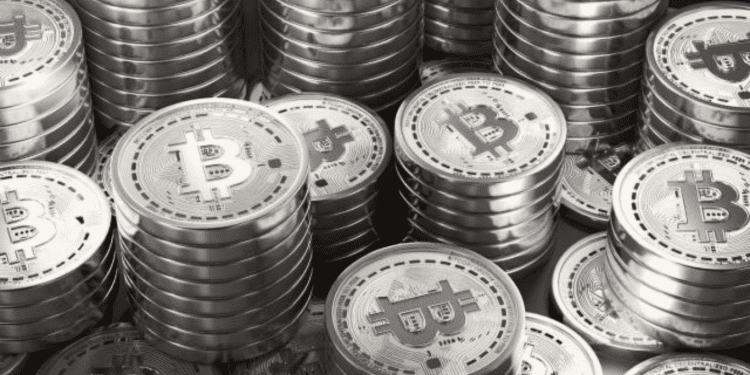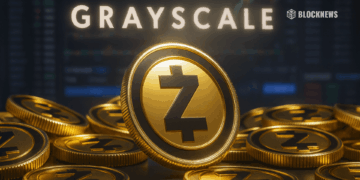- The Ordinals protocol, a NFT protocol for the Bitcoin network, has recently been launched by software engineer Casey Rodarmor
- The protocol allows for the creation of “digital artifacts” on the Bitcoin network, such as JPEG images, PDFs, video, or audio
- The Bitcoin community is divided over the impact of the protocol, with some seeing it as a positive development that adds more financial use cases for Bitcoin, while others see it as straying away from Satoshi Nakamoto’s original vision.
The recent launch of a new nonfungible token (NFT) protocol on the Bitcoin blockchain has created a buzz in the crypto community. The protocol, referred to as “Ordinals,” was designed by software engineer Casey Rodarmor and allowed for the creation of NFTs on the Bitcoin network. These NFTs, known as “digital artifacts,” can be in various formats, such as JPEG images, PDFs, videos, or audio.
The Divide in the Crypto Community
The launch of this protocol has caused a divide in the Bitcoin community, with some people believing that it offers more financial use cases for Bitcoin and will drive demand for block space and fees. At the same time, others believe that it goes against Satoshi Nakamoto’s vision of Bitcoin as a peer-to-peer cash system.
One Bitcoin bull, Dan Held, supports the development and believes it will bring more use cases to Bitcoin. On the other hand, some people have pointed out that the creation of NFTs will consume block space on the Bitcoin network and lead to higher transaction fees.
Twitter user “Bitcoin is Saving” raised the concern that “privileged, wealthy whites” using JPEGs as status symbols may limit the participation of marginalized individuals in the Bitcoin network. However, cryptocurrency researcher Eric Wall opined that Bitcoin’s built-in block size limit would prevent any increase in transaction fees.
Blockstream CEO and Bitcoin core developer Adam Back expressed his disapproval of introducing meme culture to Bitcoin, suggesting that developers take it elsewhere. This statement was met with criticism from Ethereum bull Anthony Sassano, who accused Back of wanting “undesirable” transactions to be censored, which goes against the ethos of Bitcoin.
Understanding the Ordinals Protocol
The NFT-like structures in Ordinals are created by inscribing satoshis, the native currency of the Bitcoin network, with arbitrary content. These inscribed satoshis, which are cryptographically represented by a string of numbers, can be secured or transferred to other Bitcoin addresses. The content inscribed on these satoshis is immutable and cannot be altered, turning them into digital artifacts that can be tracked, transferred, bought, sold, or lost.
Ordinals were created to bring memes to life on Bitcoin, as stated by Rodarmor in an interview on Hell Money Podcast. In the interview, he said that the development of Ordinals was “100% a meme-driven development.”
The inscriptions in Ordinals take place on the Bitcoin blockchain and do not require a sidechain or a separate token. According to the Ordinals website, only 277 digital artifacts have been inscribed thus far.
In conclusion, the launch of the Ordinals protocol has sparked debates within the Bitcoin community. While some believe it offers more financial use cases and will drive demand for block space, others believe it goes against Satoshi Nakamoto’s vision of Bitcoin as a peer-to-peer cash system. Despite these debates, creating NFTs on the Bitcoin network using Ordinals is a unique and exciting development in cryptocurrency.














